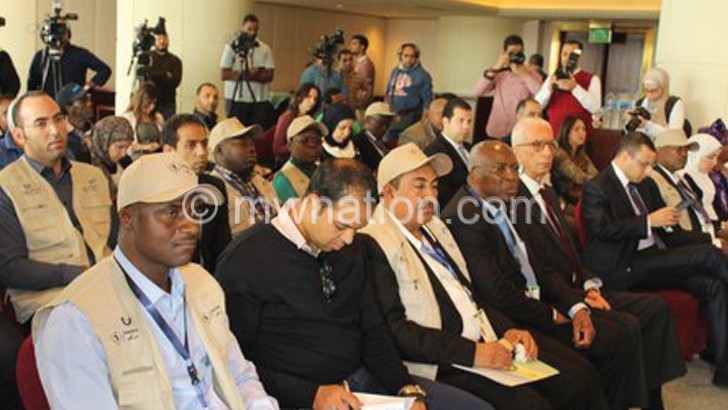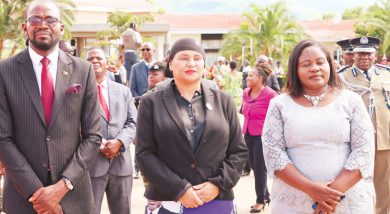Economists differ on common currency
Two local economists have differed on the probability of 19-member Common Market for Eastern and Southern Africa (Comesa) achieving monetary integration or common currency any time soon.
This follows a meeting of governors of central banks and representatives from 11 Comesa countries in Djibouti last week that reiterated that achieving monetary integration is possible if countries have larger and deeper financial market, competitive banking sectors, stronger institutional and regulatory environment and transparent central banks.

While University of Malawi’s Chancellor College economics professor Ben Kaluwa said there is a long way to go for Comesa to realise this ambitious dream, former Comesa director of trade, customs and monetary affairs Charles Chanthunya said Malawi and other countries have always been ready for the integration.
Said Kaluwa: “Although we are not talking about total similarities, monetary integration requires a degree of similarities. This means
that the disparities should not be glaring.”
Among other indicators, he said there is need for at least similar levels of inflation, foreign debts and external trade performance.
Kaluwa said Malawi has not been performing well on the external trade indicator which has created huge disparities.
“We have huge disparities on debt burden. If we look at two economies in East Africa, Kenya and Tanzania, they have rising debt levels while Zambia is worrying and Malawi is heading that way,” he said.
Kaluwa cited European Union (EU) where he said Greece’s financial woes can bring down the 28-member trade bloc because of debts.
But Chanthunya, who left Comesa in 2007, said monetary integration is not a new idea in the region as it was applied by the colonialists and later abandoned following independence and economic self-determination.
“Comesa member countries have been implementing a monetary harmonisation programme since the formation of the grouping which includes liberalisation of all trade transactions and current payments, use of market- determined exchange rates, reduction of fiscal deficits to contain domestic credit expansion and money supply growth, among others,” he said.
Chanthunya explained all that these have been implemented to remove the macroeconomic disharmonies in the region and set in motion an evolutionary process that will create an enabling environment for the eventual monetary unification of the region.
He said if the integration is achieved, Malawi would experience stability in the exchange rate and increased trade as it would get access to a larger regional market and thus increase its overall income.
Reserve Bank of Malawi (RBM) spokesperson Mbane Ngwira said in an interview on Friday that officers from the central bank attended the meeting which is held twice in a year to analyse how far each country has gone with the integration agenda.
He said every country has set targets to achieve as Comesa is pushing towards the monetary integration which will lead to the bloc’s single currency.
Comesa is implementing its Monetary Harmonisation Programme agreed in 1990 and was endorsed by Comesa Treaty in 1993.





